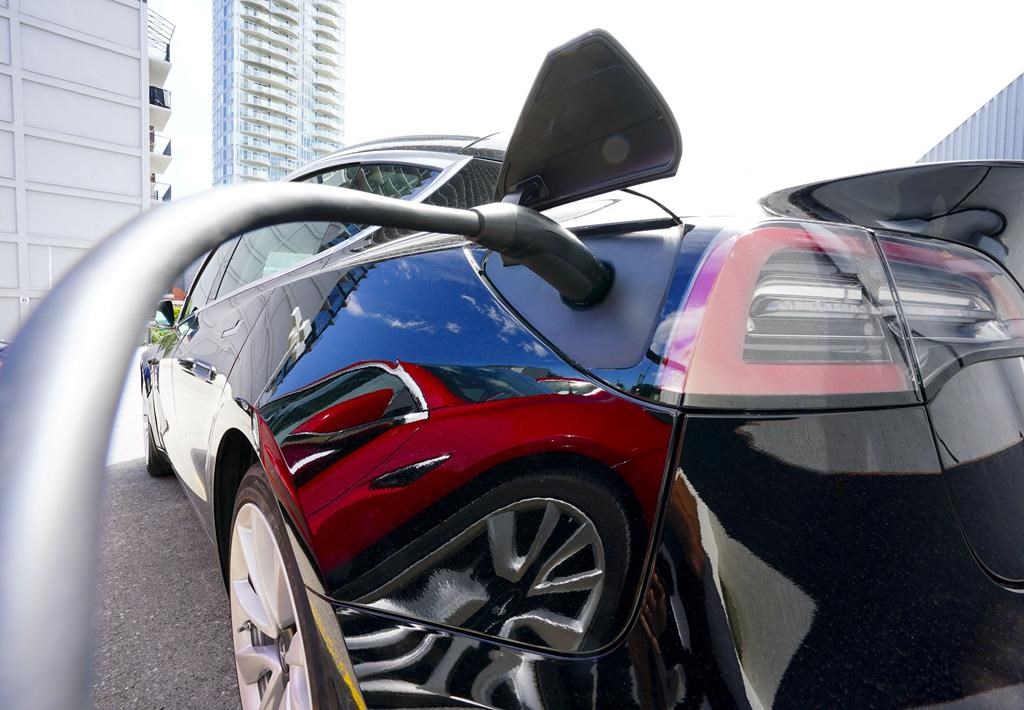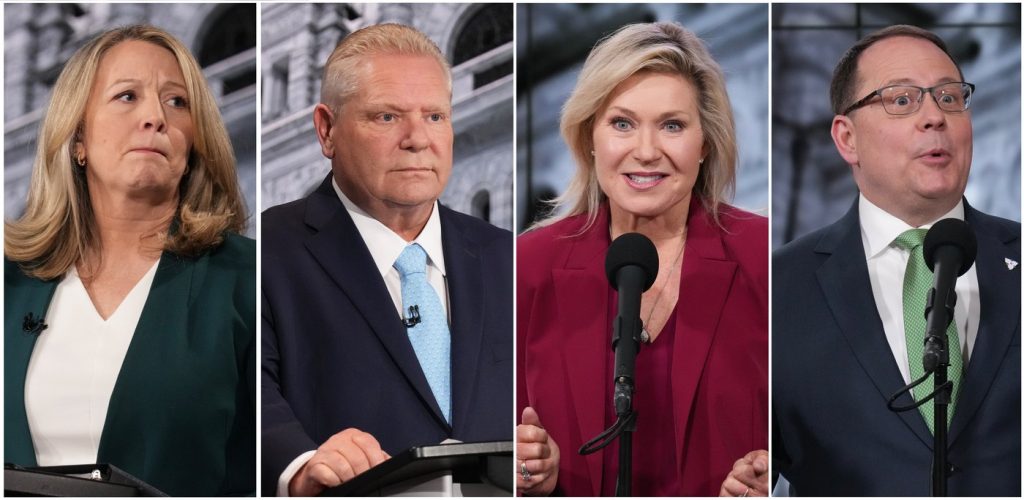EV rebates suggest uptake in battery-powered cars soared in spring

Posted Aug 3, 2023 06:40:30 PM.
OTTAWA — The number of rebates issued for electric vehicles soared in the spring, sparking hope that sales of battery-powered cars and trucks might finally be on track to meet national targets set by Ottawa.
The federal rebates are intended to drive EV sales by bringing the cost of electric vehicles closer to the price of similar gas-powered models. They are worth up to $5,000 off the price of the majority of plug-in cars, trucks, SUVs and vans on the market.
A total of 17,518 rebates were issued in the first quarter, or about 5,800 per month. On average about 4,200 rebates were issued each month since the program launched in May 2019.
But in April, May and June, over 30,000 rebates were delivered, or more than 10,000 each month.
“I mean, it’s a huge jump,” said Trevor Melanson, spokesman for the Clean Energy Canada research program at Simon Fraser University.
The uptake in rebates in the second quarter counters concerns about a slowdown in sales after a dip in new battery-powered vehicle registrations over the winter.
Statistics Canada published updated registration numbers on Wednesday for January, February and March, when 30,533 battery-only and plug-in hybrid vehicles were registered. That amounted to 8.6 per cent of vehicles registered in those months.
That was an improvement over the same three months in 2022, when 26,018 EVs were registered, or 7.7 per cent of the total. But it was down from the fall of 2022, when 33,399 new electric vehicles were registered, or 9.6 per cent of the total.
The fall was the best quarter for EV registrations to date, inching closer to the milestone where one in every 10 vehicles added to Canada’s roads are powered by batteries. But Canada wants that to be one in five vehicles by 2025, and more than one-in-two by 2030. By 2035 the goal is that no passenger vehicles sold will have combustion engines.
The policy, to be spelled out in regulations likely by the end of the year, is intended to drive down greenhouse gas emissions. Passenger vehicles contributed almost 10 per cent of Canada’s total emissions in 2021.
Brian Kingston, president of the Canadian Vehicle Manufacturers’ Association, said the effect of inflation on consumer spending may explain some of the early decline this year but he is still worried that it’s a trend. The number of gas-powered vehicles did not decline in the first quarter.
“I’m quite concerned … that this is a signal that we have a softening in demand for electric vehicles,” Kingston said in an interview.
Kingston said recent surveys still show most Canadians reluctant to switch to an EV because they are too expensive to buy and there isn’t confidence in the vehicle’s range or the number of charging stations available.
He said to meet the government’s targets the trend line has to show consistent improvement each quarter, and that has to include better rebate incentives and more charging stations.
But Melanson said the first quarter may have been a blip driven by when electric vehicles were coming off the assembly lines.
Registration statistics for April, May and June won’t be available for another few months, but the number of rebates issued in those months dwarfed all previous records.
There has been a steady increase in the number of electric vehicles in Canada over the last five years. In 2018, 2.2 per cent of new registrations were battery-only or plug-in hybrid cars, which together make up the zero-emission vehicle category. That rose to 2.9 per cent in 2019, 3.5 per cent in 2020, 5.2 per cent in 2021, and 8.2 per cent in 2022.
Melanson said availability is a key factor, and as more electric models come off the line, there are more choices and more cars available. But getting an electric car when you want one is still not always easy.
A report on electric vehicle inventories, prepared for Transport Canada in 2022 by the Montreal firm Dunsky Energy and Climate, showed inventories of electric vehicles had plummeted across the country from already low levels.
More than eight in 10 dealerships didn’t have a single EV on their lot, and only three per cent had more than five. Almost 40 per cent of dealerships reported their clients would wait more than six months to get an EV.
Jeff Turner, director of mobility for Dunsky, said in an interview Thursday an updated report is underway for 2023, and early results suggest things did start to look better inventory-wise this year.
There are also more models available than ever. Kingston said there are 74 EV models now being sold in Canada, up from 68 last year. Another 40 models are expected to be added over the next year.
EV uptake is also extremely uneven across Canada. Quebec and British Columbia, which both have policies mandating that EVs must make up a certain share of all passenger vehicle sales, are well ahead of the pack.
This report by The Canadian Press was first published Aug. 3, 2023.
Mia Rabson, The Canadian Press








